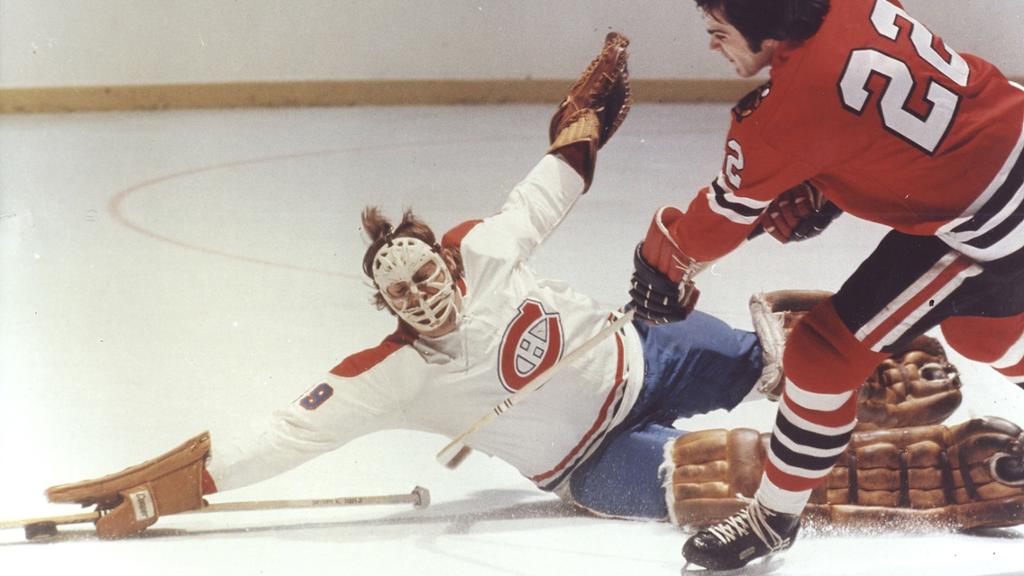
Think of yourself as a whale.
You take a deep breath on the surface, dive to where the action is and do whale-things, then surface and breathe. Repeat.
Underwater hockey is like that, only instead of doing whale-things when you dive, you try to get a three-pound puck into a shallow trough on your opponent’s end of the pool.
The first time my friend suggested I try underwater hockey, I thought he was joking. When I realized he was, in fact, quite serious, and that the pool was within walking distance of my house, I decided I couldn’t pass it up. It would be useful fodder for games like “Never Have I Ever”, at the very least!
I loved it. It was like the fulfillment of every pool game I played as a child, like diving for dimes had a greater purpose and I had finally found it. Plus, it’s a killer workout.
Where did it come from?
In 1954, Alan Blake had built a successful diving club from scratch in Portsmouth, UK. Things were going well, but winter was coming and that made diving in frigid water extremely uncomfortable, if not impossible.
Blake and a few other club members were concerned that the nascent club would disintegrate if they were only able to do laps at the bottom of a swimming pool for six months, so they invented a game.
The first iteration of underwater hockey involved four players from each side (for a total of eight) pushing a puck with short sticks. It was cleverly titled “Octopush”, and you can read Blake’s own account of it here.
From there, it evolved into its current form and became known as underwater hockey–or just “hockey” to most people connected with the sport. Hockey is governed by the Confédération Mondiale des Activités Subaquatiques, or CMAS, and world championships are held every other year.
Here’s what you need:
- A Pool-The pool has to be deep enough, at least 2 meters (about 6 feet). Playing in water that’s shallower than two meters deep might sound like it would be safer, but it isn’t. When there’s less water for players to spread out in, it becomes difficult to avoid being kicked.
- A Puck and Goals–The puck is brightly colored and weighs about three pounds. The goals are shallow troughs that sit at either end of the playing area.
- On Your Head-Hockey is a non-contact sport, but everyone who’s played for awhile has a story about the time they (or a teammate) took a puck to the face. It happens.
Because it happens, you wear ear protection in the form of a water polo cap or wrestling headgear and a mouthguard, either the normal kind or one specially made to fit over a snorkel.
You’ll also wear full face snorkel, so you can keep looking at the puck while you occasionally come up to breathe, and a snorkel mask so you can see.
- On Your Hands-It’s tempting to think of an ice hockey stick, but don’t. They’re not even close.
Underwater hockey sticks are approximately a foot long. They have a straight side that faces away from your body for shooting, and a hooked side facing towards your body for stealing and puck-handling. You’ll need a set of two, black and white. In every game, one team plays black sticks (and caps) and the other plays white.
You also wear a glove with a protective rubber shell on your stick hand. Most of the time, the puck doesn’t get slammed into your knuckles, but if does you’ll be thankful for the glove.
- On Your Feet-The fins are the most fun part of the getup! Hockey fins are built for lightning-fast acceleration and quick turns, not top-speed. That means they’re quite stiff and many of the best ones are made of carbon fiber.
All the stops, starts, and fast curls can make keeping your fins on your feet a challenge. Fin keepers help with that. They’re just little rubber straps that keep your fins where they should be.
Basic Idea and Positions
A game starts with the strike. Six players from each team line up on one end of the pool, and six on the other. When the ref starts the game, they race to the puck in the middle of the pool and start trying to get it into the goal trough on their opponent’s side.
Three or four players are “forwards”, who work together to drive the puck up the pool. They can either swim, pushing the puck and keeping it out of reach of defenders, or flick it to a teammate. A player with a great flick can launch the puck off the pool floor for a yard or two.
Since even the toughest players have to breathe now and then, there’s not one goalkeeper like you’d see in soccer or ice hockey. Instead, two or three “backs” share defensive responsibilities. Waiting by the goal doesn’t pay, so they swim a yard or two behind the forwards to contain fast breaks before they start and give the forwards a place to pass if they get into trouble in the front.
Games last for two 15-minute halves, with a three-minute halftime in between. It doesn’t sound like much time when you’re on dry land, but it’s enough when you’re in the water.
At any given moment, most of the team should be on the bottom. If you see most of a team’s players on the surface of the water at the same time, you know they’re getting tired and might be in trouble.
Teams to Watch
The Reigning Champs-At the 2018 world championships held in Quebec in July, New Zealand‘s men’s and women’s elite teams both took home the gold. These teams overcame several challenges including playing in tournament pools a meter deeper than they were used to.
The Locals-Seattle’s own Seahammers are actually pretty good! They host free rookie nights from time to time, and you can sign up for their next one through their Meetup group.




